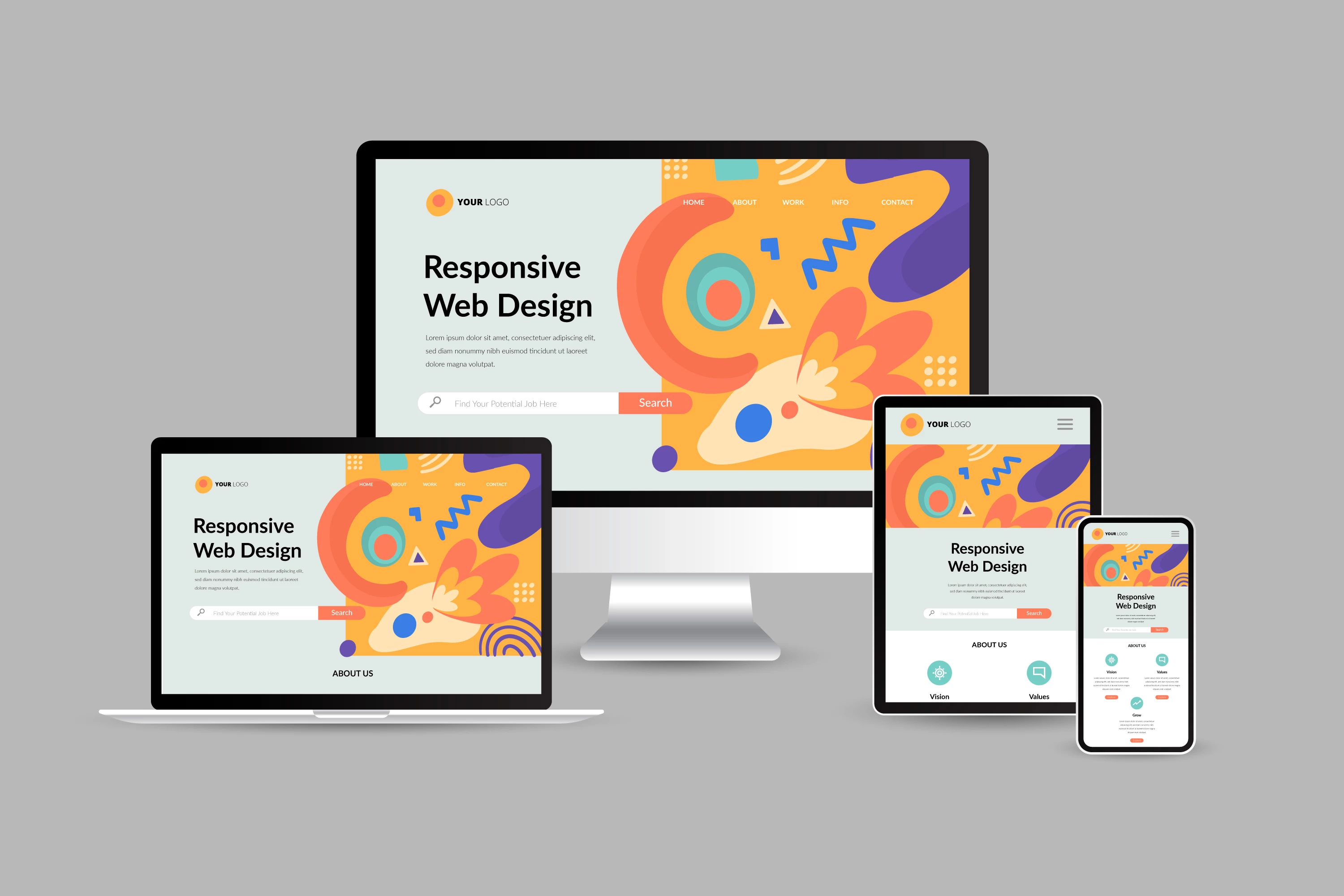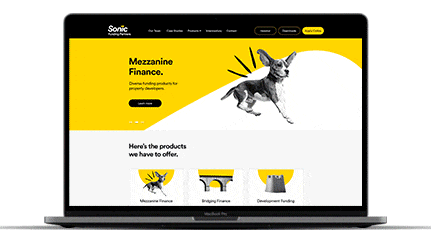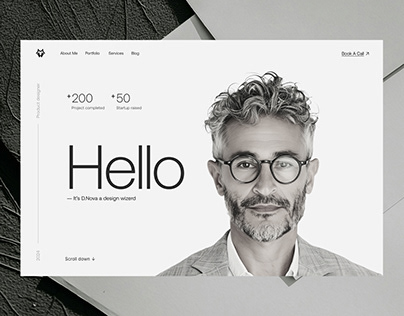Affordable Website Design Packages for Growing Companies
Affordable Website Design Packages for Growing Companies
Blog Article
Top Tips for Producing an Impactful Site Layout That Converts
To accomplish this, one should think about a range of variables, including understanding the target audience, prioritizing individual experience, and enhancing for mobile systems. The critical use of engaging call-to-actions and a well-defined aesthetic pecking order plays a critical duty in leading individuals with their journey.

Understand Your Target Market
Recognizing your target market is basic to efficient website layout, as it prepares for producing an engaging individual experience. Recognizing that your users are, including their demographics, preferences, and actions, enables developers to customize the site's content, layout, and capability to meet certain needs.
Conducting thorough marketing research is important in this procedure. Surveys, meetings, and analytics can give important insights into individual assumptions and discomfort points. By compiling this data, designers can produce individual personalities that stand for different segments of the target market, ensuring that design decisions are educated and appropriate.
Furthermore, recognizing the target audience aids in selecting ideal style aspects such as color design, typography, and images that resonate with users. An internet site that talks directly to its target market cultivates a sense of link and depend on, encouraging longer gos to and greater conversion prices.
Inevitably, a user-centered technique to web site design not just improves customer fulfillment but additionally sustains business purposes by driving interaction and loyalty. By focusing on the demands and choices of the target audience, a web site can successfully offer its purpose and attain wanted results.
Prioritize Individual Experience
To improve the overall performance of a site, prioritizing individual experience (UX) is necessary (Website Design). A properly designed UX ensures that site visitors can navigate the website effortlessly, locate details quickly, and involve with material meaningfully. This leads to raised customer fulfillment and greater conversion rates
Begin by applying intuitive navigation. Menus needs to be rationally structured, enabling customers to find key areas of the site with marginal initiative. Uniformity in design components, such as color plans and fonts, promotes familiarity, which is essential for keeping user involvement.
Furthermore, think about the packing rate of your internet site. A delay of simply a few secs can lead to considerable drop-offs, as users are much less most likely to await a slow-loading page. Improving photos and optimizing code can boost efficiency and keep visitors.
By focusing on customer experience, you not only create an extra pleasurable setting for site visitors yet additionally reinforce your brand's credibility. Ultimately, an emphasis on UX is an investment in the long-lasting success of your web site.
Optimize for Mobile Instruments
Optimizing for smart phones is essential in today's digital landscape, where a raising number of users access sites through smart devices and tablets. A mobile-friendly style not just improves user experience yet additionally plays a significant duty in improving online search engine positions. To achieve this, it is vital to embrace a responsive style that instantly gets used to different display sizes and alignments.

Filling rate is one more important variable; mobile customers are commonly less person and anticipate rapid access to details. Enhance photos and leverage browser caching to enhance performance. Finally, examination your website on multiple tools and screen resolutions to recognize and fix any kind of this post potential functionality problems. By focusing on mobile optimization, you make sure that your web site stays competitive and properly engages a wider audience.
Use Engaging Call-to-Actions
An internet site's efficiency commonly rests on its capacity to assist site visitors towards wanted actions, making engaging call-to-actions (CTAs) crucial elements of design. CTAs function as the critical factors that guide users to engage with the site, whether that implies making a purchase, enrolling in a newsletter, or downloading and install a resource.
To produce effective CTAs, clarity is vital. Usage succinct language that clearly connects the activity you want the individual to take. Expressions such as "Begin," "Join Free," or "Store Now" not only communicate necessity yet additionally eliminate obscurity. The placement of CTAs is similarly essential; they ought to be purposefully placed throughout the webpage to internet guarantee they are conveniently noticeable, particularly in high-traffic locations.
Additionally, think about making use of directional hints, such as arrowheads or pictures, to assist users towards these switches. By concentrating on these aspects, businesses can dramatically improve user interaction, driving conversions and eventually attaining their web site's objectives.
Concentrate On Visual Hierarchy
Effective internet site design relies greatly on a well-structured visual hierarchy that overviews customers through material flawlessly. By organizing aspects in a fashion that prioritizes information, developers can boost user experience and facilitate decision-making. This includes utilizing size, color, contrast, and spacing strategically to accentuate one of the most important components of a page.
Using larger font styles for headings and subheadings develops a clear difference between different sections, allowing individuals to scan material easily. In addition, utilizing different shades for buttons and calls-to-action can record user focus and encourage communication. Whitespace is another essential part; it avoids mess and enables users to concentrate on essential messages without disturbances.
Pictures and graphics need to enhance the message while additionally sticking to the well established power structure, reinforcing the overall message (Website Design). Consistency in layout aspects, such as color website here pattern and typography, additional strengthens the visual power structure, making navigating intuitive

Conclusion
In conclusion, reliable web site style requires a thorough understanding of the target audience, prioritization of customer experience, and mobile optimization. Inevitably, a well-executed site style offers as a critical element in driving customer actions and attaining service objectives.
Report this page